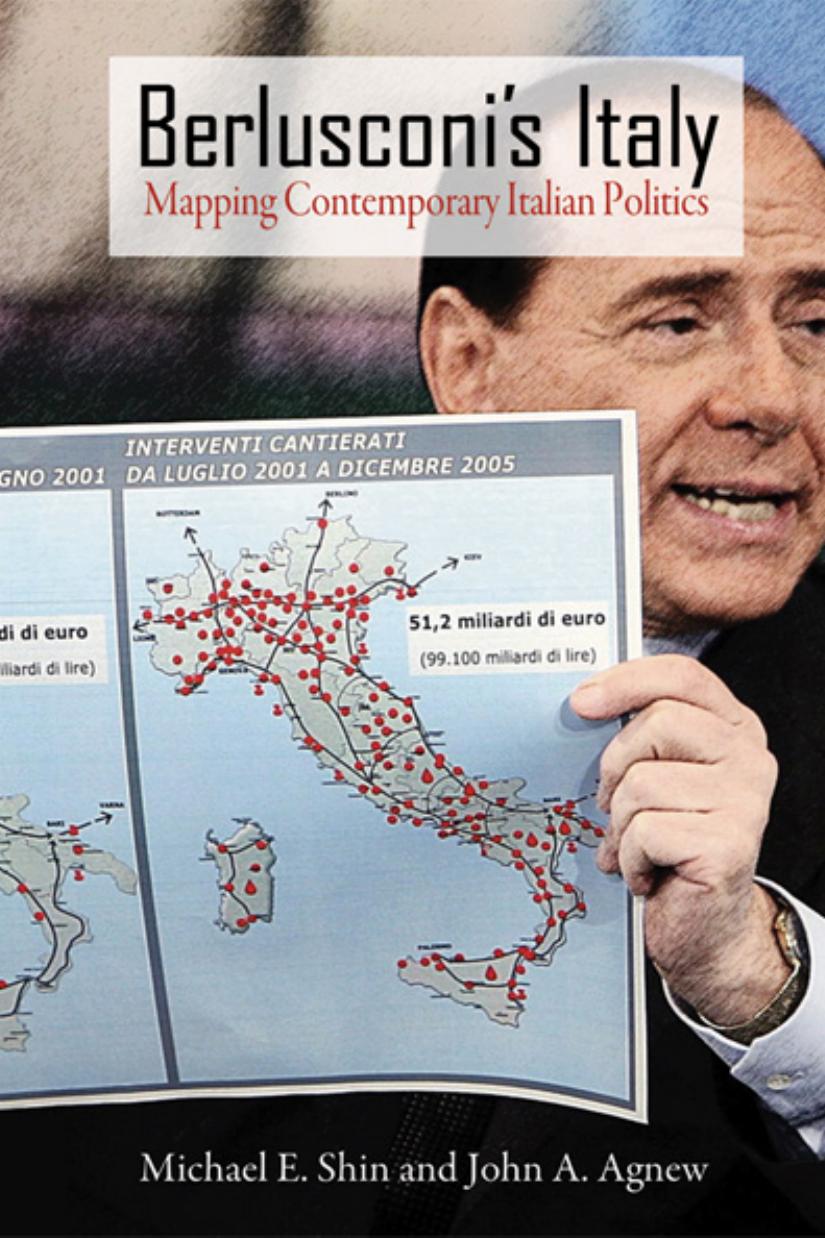

Most ebook files are in PDF format, so you can easily read them using various software such as Foxit Reader or directly on the Google Chrome browser.
Some ebook files are released by publishers in other formats such as .awz, .mobi, .epub, .fb2, etc. You may need to install specific software to read these formats on mobile/PC, such as Calibre.
Please read the tutorial at this link: https://ebookbell.com/faq
We offer FREE conversion to the popular formats you request; however, this may take some time. Therefore, right after payment, please email us, and we will try to provide the service as quickly as possible.
For some exceptional file formats or broken links (if any), please refrain from opening any disputes. Instead, email us first, and we will try to assist within a maximum of 6 hours.
EbookBell Team

4.8
34 reviewsPerhaps the most notable outcome was the emergence of Italy’s wealthiest man, Silvio Berlusconi, as the indispensable focus of Italian politics, both positively and negatively, from 1994 until 2006. Neither Berlusconi’s rise to power nor his recent 2006 electoral defeat have met with many detailed empirical analyses of how his and the other organized political forces replaced the old parties.
Without neglecting the personal role of il Cavaliere (or “the Knight,” as he is known and likes to be known), our spotlight falls much more on the geographical dynamics of popular support (or “followership”) for the various political factions, particularly on the center-right, to better understand how Berlusconi could assume such a central role in Italian politics.